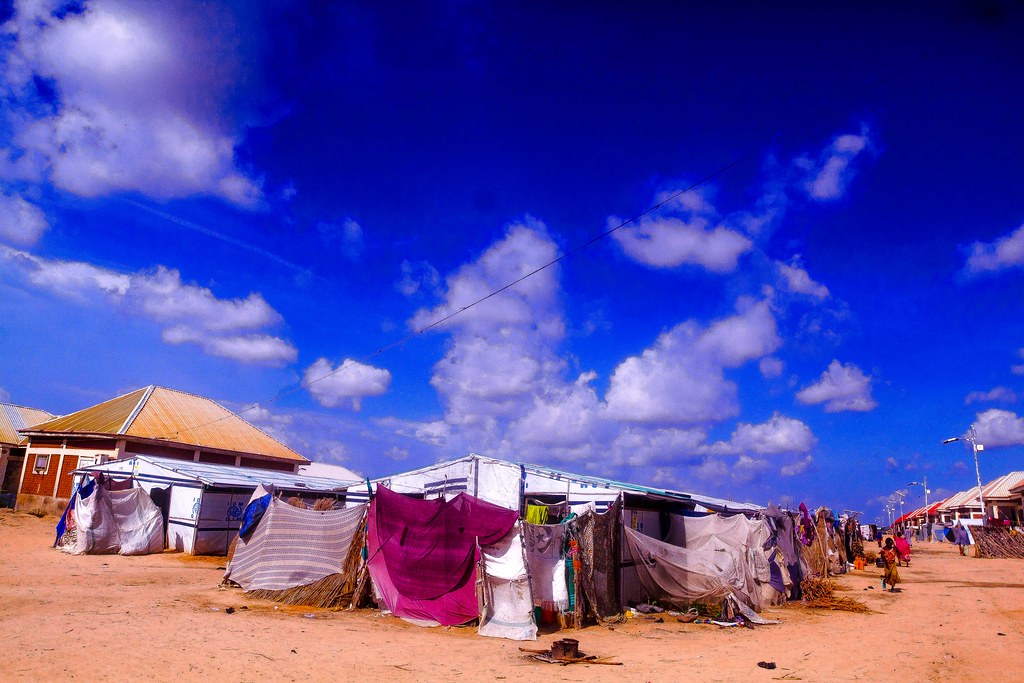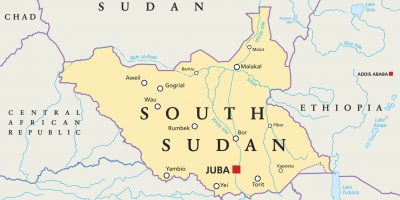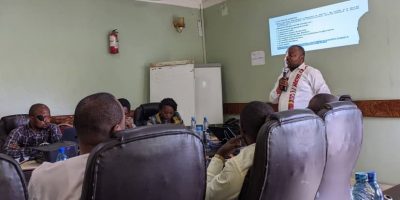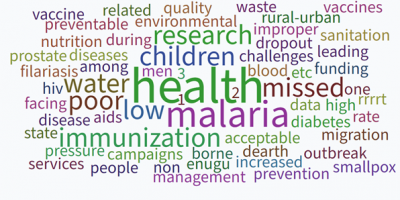Humanitarian crises are growing in complexity and impact. According to the United Nations Office for the Coordination of Humanitarian Affairs (OCHA) nearly 300 million people globally needed humanitarian assistance and protection in 2024. In a world plagued by natural disasters, violent conflict, and public health emergencies, humanitarian service delivery is critical.
Despite efforts to provide timely aid, organisations struggle with operational inefficiencies, logistical challenges, and limited funding. Strategic partnerships between governments, international agencies, non-governmental organisations (NGOs), local communities, and the private sector have become key to overcoming these obstacles.
The value of humanitarian partnerships
Humanitarian partnerships can enhance impact, efficiency, and sustainability. OCHA reports that coordinated responses can increase efficiency by 40 per cent, reducing duplication and costs. As humanitarian needs rise, cross-sector collaboration is vital to develop scalable solutions for the vulnerable.
Humanitarian partnerships can bring together diverse resources and expertise to develop a synergistic approach to humanitarian service. Partnership formation is influenced by shared values, aligned objectives, and complementary strengths. For example, a local NGO may have direct access to affected communities, private companies may provide logistical or technological support, and governments can provide policy frameworks and funding.
Resource and knowledge sharing
Humanitarian organisations are often limited by funding, supply chain challenges, and personnel shortages. By pooling, partners can stretch their resources further. Partnerships can help to streamline operations by optimising efficiency and minimising duplication of efforts through smart distribution of resources, including joint funding, sharing of staff, and coordinated logistics.
Knowledge sharing within partnerships can lead to innovation, improve crisis response strategies, and foster the development of new approaches to address complex challenges. Through the integration of frontline expertise and evidence-based strategy, the collaboration between research institutions and WHO enhanced responses during the Ebola epidemic in West Africa and COVID-19 pandemic.
Scalability and influence
Humanitarian needs during crises often surpass the capabilities of a single organisation. Partnerships allow networks to scale their operations and reach larger populations through financial support, volunteer mobilisation, or infrastructure development. The Syrian refugee crisis prompted partnerships between UNHCR, local NGOs, and corporate donors to enable wider-scale provision of healthcare, shelter and essential supplies.
Collective advocacy is more powerful than acting alone. Humanitarian partnerships amplify advocacy efforts by uniting organisations with shared goals. By speaking with a unified voice, partners can be better placed to influence policies and resource commitments. The UN-led “Every Woman Every Child” initiative brought together diverse groups to advocate for maternal and child healthcare policies.
Despite these potential benefits, humanitarian partnerships are not without their challenges.
Barriers to coordination
Humanitarian organisations have different missions and procedures. UN agencies may adhere to more stringent bureaucratic procedures, which may cause delays in decision-making while NGOs may be more agile. These structural differences can lead to duplication of efforts and gaps in service delivery.
In Nigeria’s northeast, responses to the Boko Haram insurgency faced a lack of streamlined coordination that sometimes led to duplication of food aid in certain camps while others remained underserved. A Humanitarian Response Plan has helped improve coordination, but limited data sharing and challenges due to bureaucratic delays persist.
Funding constraints
Funding is a major challenge in humanitarian work. In Nigeria, humanitarian funding for displaced communities is regularly insufficient. By the end of October 2023, the UN received only 37% of the US$1.3 billion requested. According to OCHA: “this significant funding shortfall, compounded by persistent security challenges and movement restrictions, hampered delivery, leaving many acute needs unmet”.
Competition for limited funding can strain relationships, create conflicts, and reduce openness, including a lack of willingness to share critical data. Short-term funding cycles often incentivise short-term deliverables over long-term solutions.
Cultural and ethical differences
Humanitarian actors’ different cultural backgrounds, approaches to governance, and ethical standards can sometimes cause misunderstanding, conflicts, and inefficiencies in aid delivery. For example, Western-led organisations may focus on a need-based approach, while a local actor may prefer community-driven solutions.
In northeast Nigeria, some international organisations distributing food aid to Muslim IDP camps were rejected. Local NGOs had to step in to provide culturally appropriate alternatives. Similarly, traditional beliefs sometimes clashed with international maternal health programmes, requiring local partnerships to mediate and gain acceptance.
Clear objectives and expectations
Partners must define their goals, responsibilities, and expectations upfront. A typical Memorandum of Understanding (MoU) or partnership agreement should spell out each organization’s roles, responsibilities, and contributions, whether financial, logistical, or technical. Setting measurable Key Performance Indicators (KPIs) can help to track progress. Regular review of these KPIs ensures that attention is maintained and strategies are adjusted accordingly.
Maintaining transparency and accountability
Accountability through openness builds trust. Regular reporting on progress, challenges, and expenditure ensures that all partners are informed. Independent auditing can also help improve transparency and accountability by verifying that the resources are being utilised as intended.
Open channels of communication are likewise necessary. Digital communication and collaboration tools can facilitate regular updates, while community consultations provide insights into real needs, enhancing responsiveness and effectiveness.
Leveraging technology
Technology can play a key part in enhancing coordination and effectiveness. Online tools and platforms make possible the instant exchange of information and data analysis for better-informed decisions and help to streamline the allocation of resources. Cloud data systems, for instance, like the UN Humanitarian Data Exchange (HDX) or ReliefWeb, centralise data access.
AI technology enables early crisis detection using satellite images and social media, while machine learning optimises logistics and chatbots assist survivors. Meanwhile, novel partnerships are emerging between aid organisations and logistics/tech companies. SpaceX provides emergency internet, while blockchain enables transparent cash transfers.
The potential for these innovations is significant, including enabling a shift from reaction to prevention, but close attention must be given to ensure that they remain unbiased and ethically guided.
Essential partnerships
Now, more than ever, governments, NGOs, companies, and communities must come together to form sustainable partnerships that go beyond traditional boundaries. Such essential partnerships need to invest in localised solutions and co-designing systems that empower communities.
By fostering collaboration, resource-sharing, and innovation, organisations can significantly improve aid efforts and make a lasting impact for vulnerable populations. As the world faces increasing humanitarian challenges, stakeholders must strengthen partnerships to create a more resilient and responsive global aid network.






